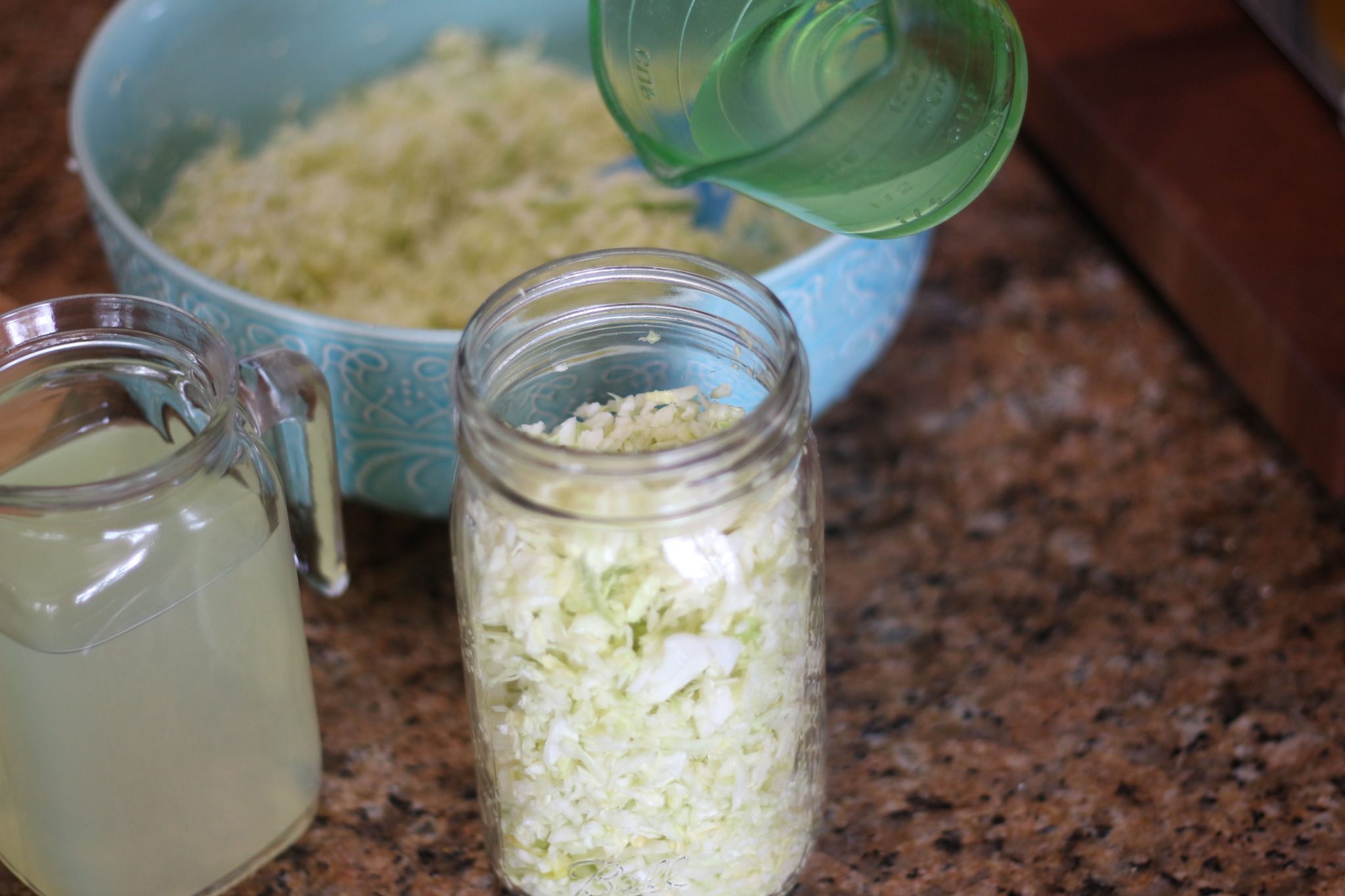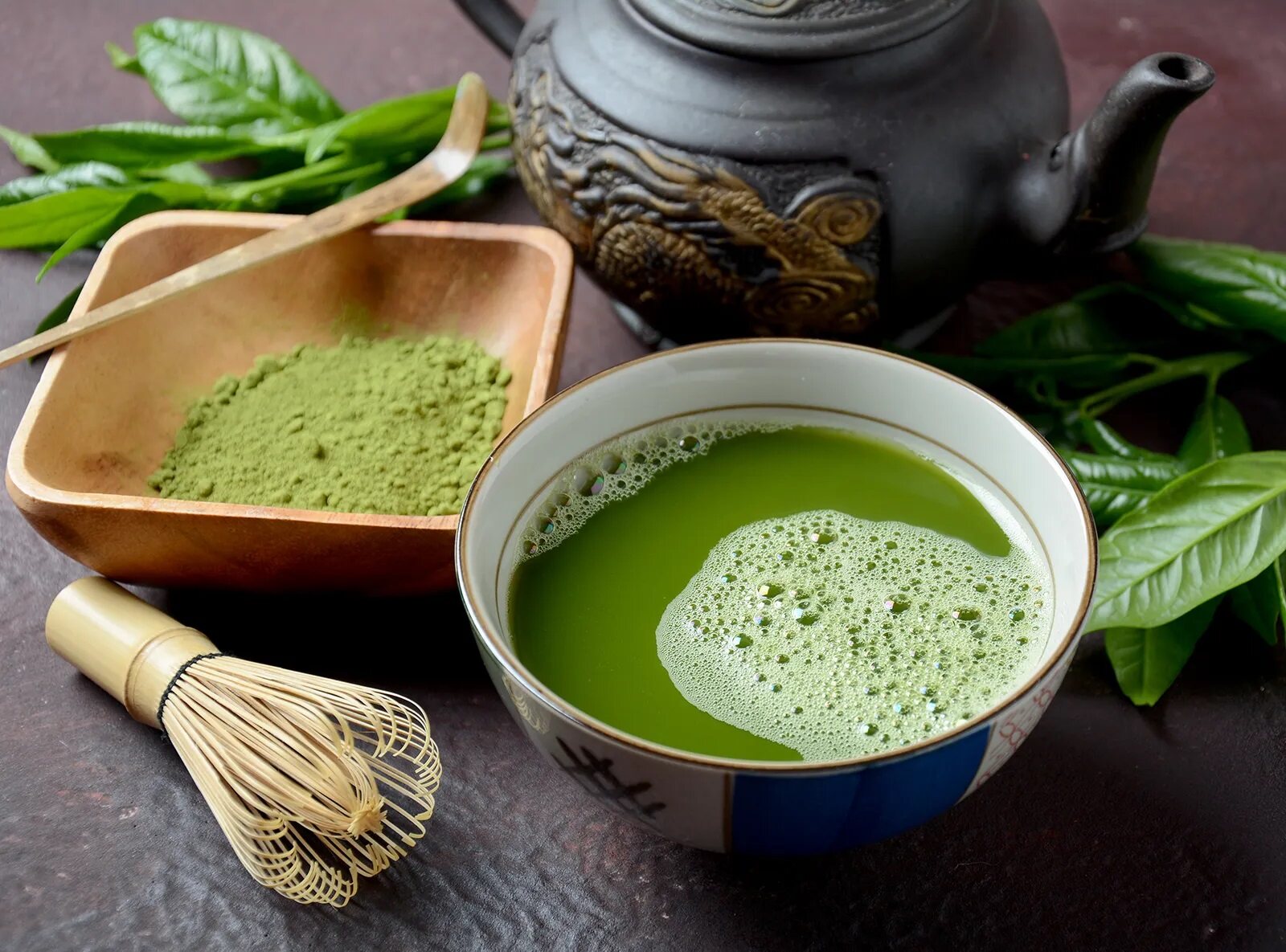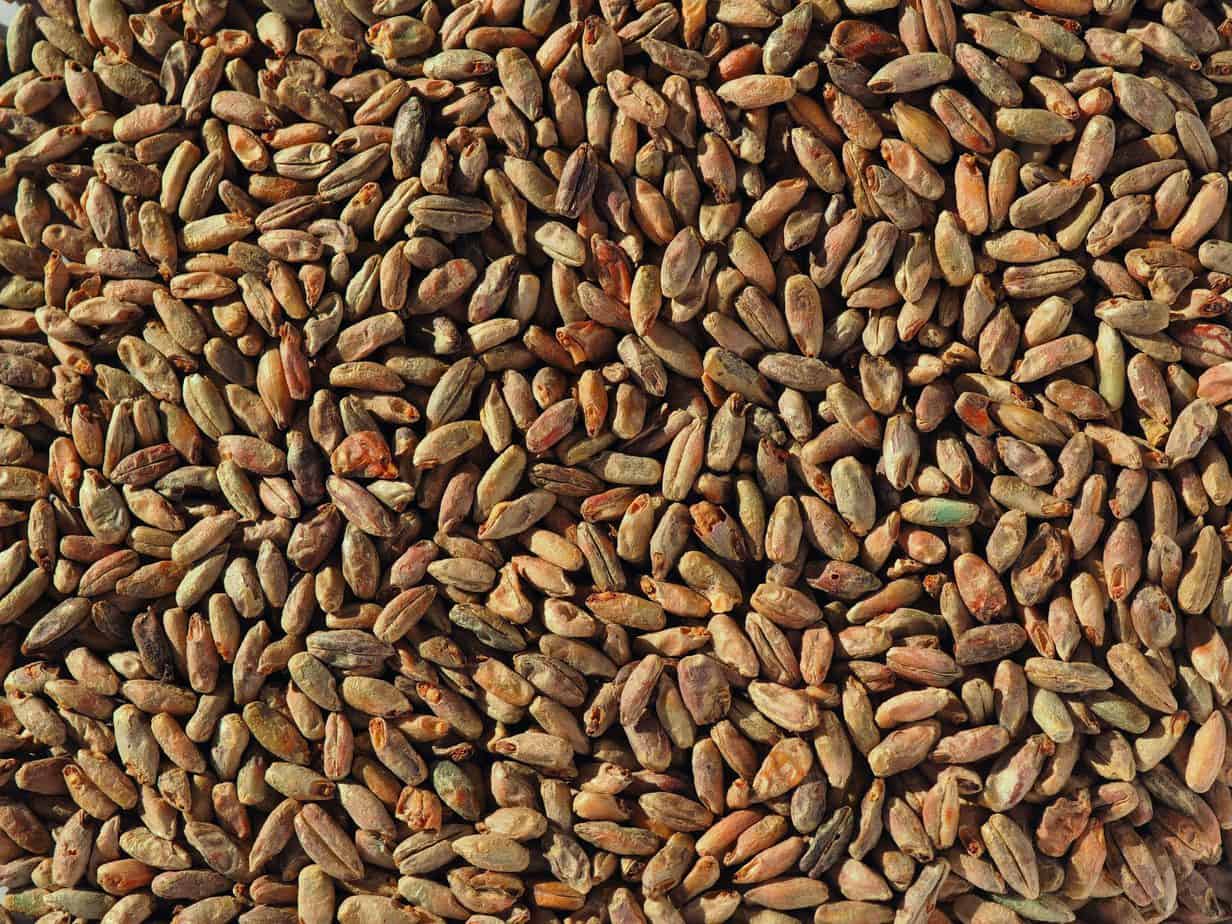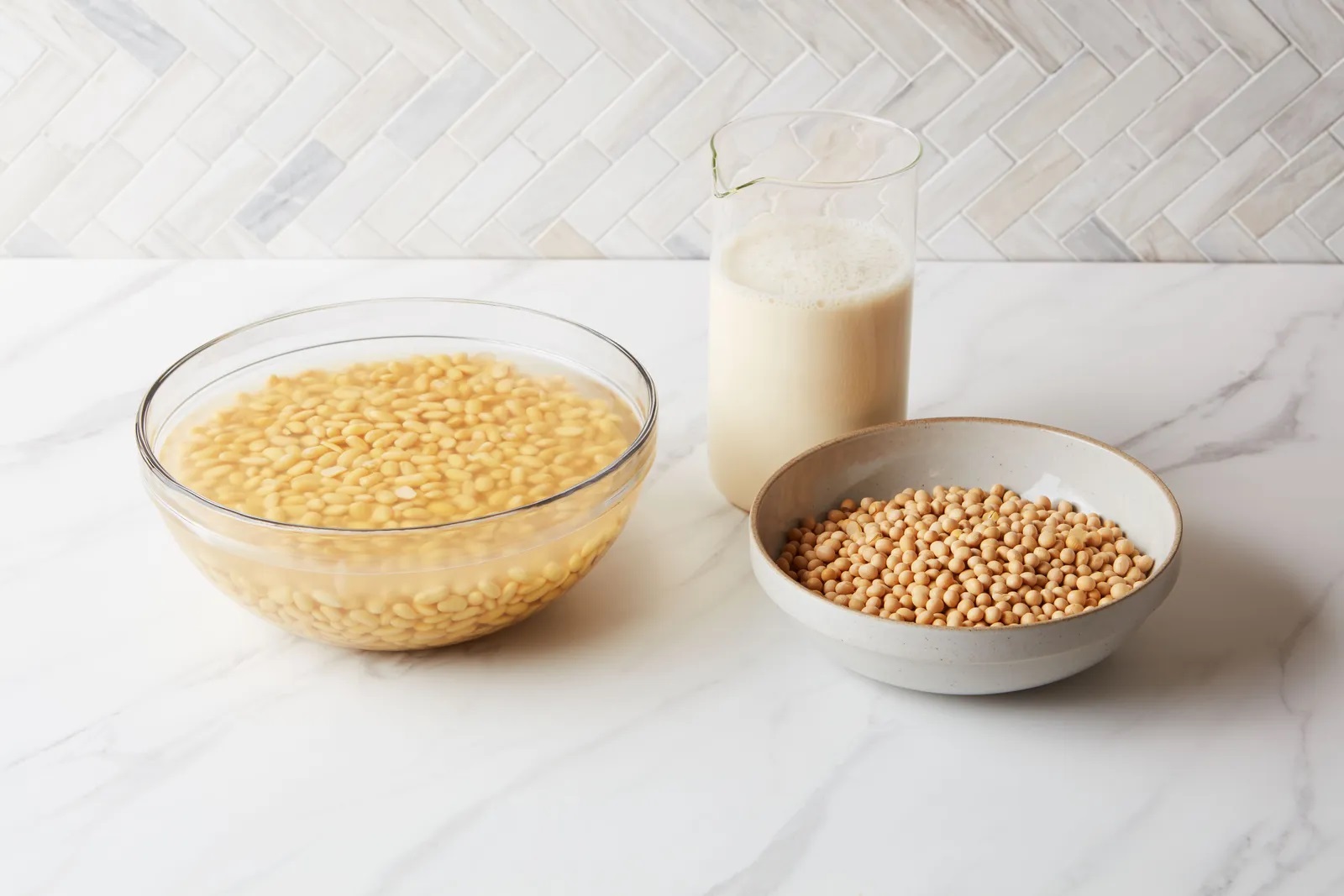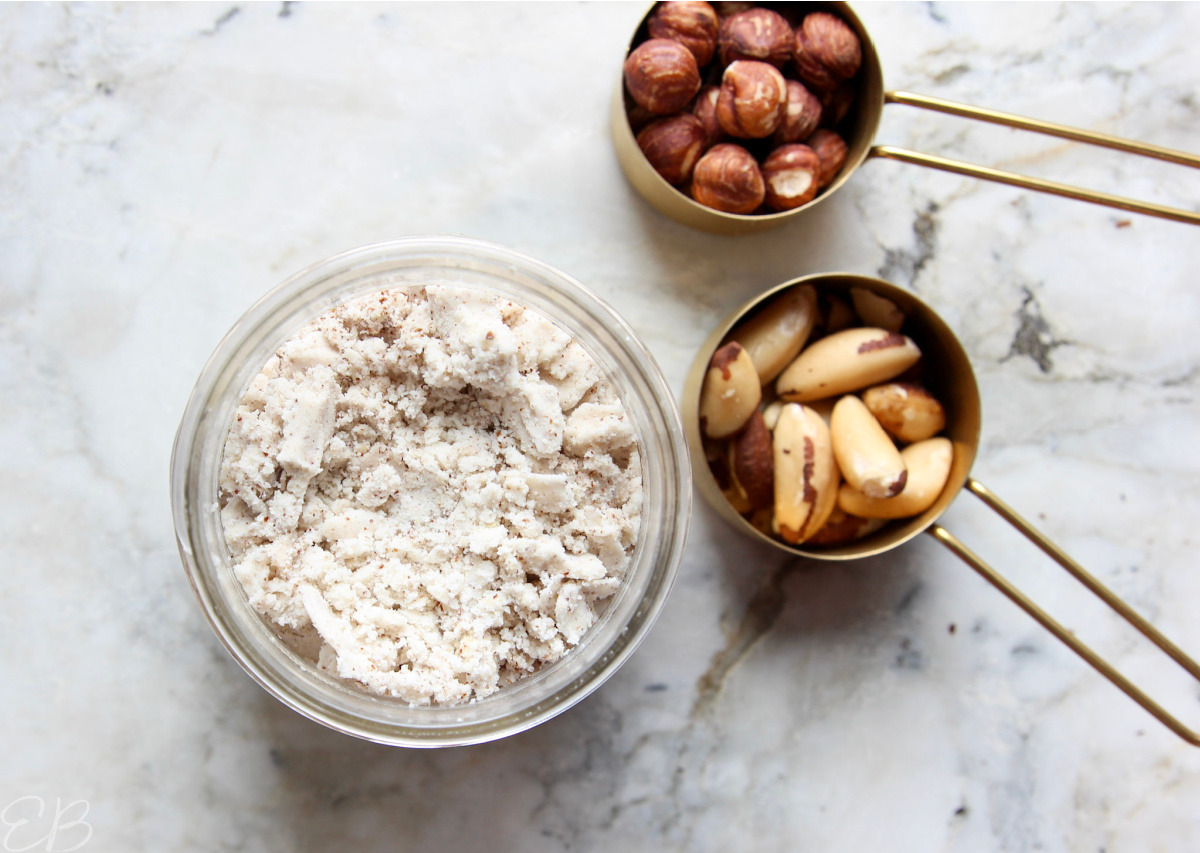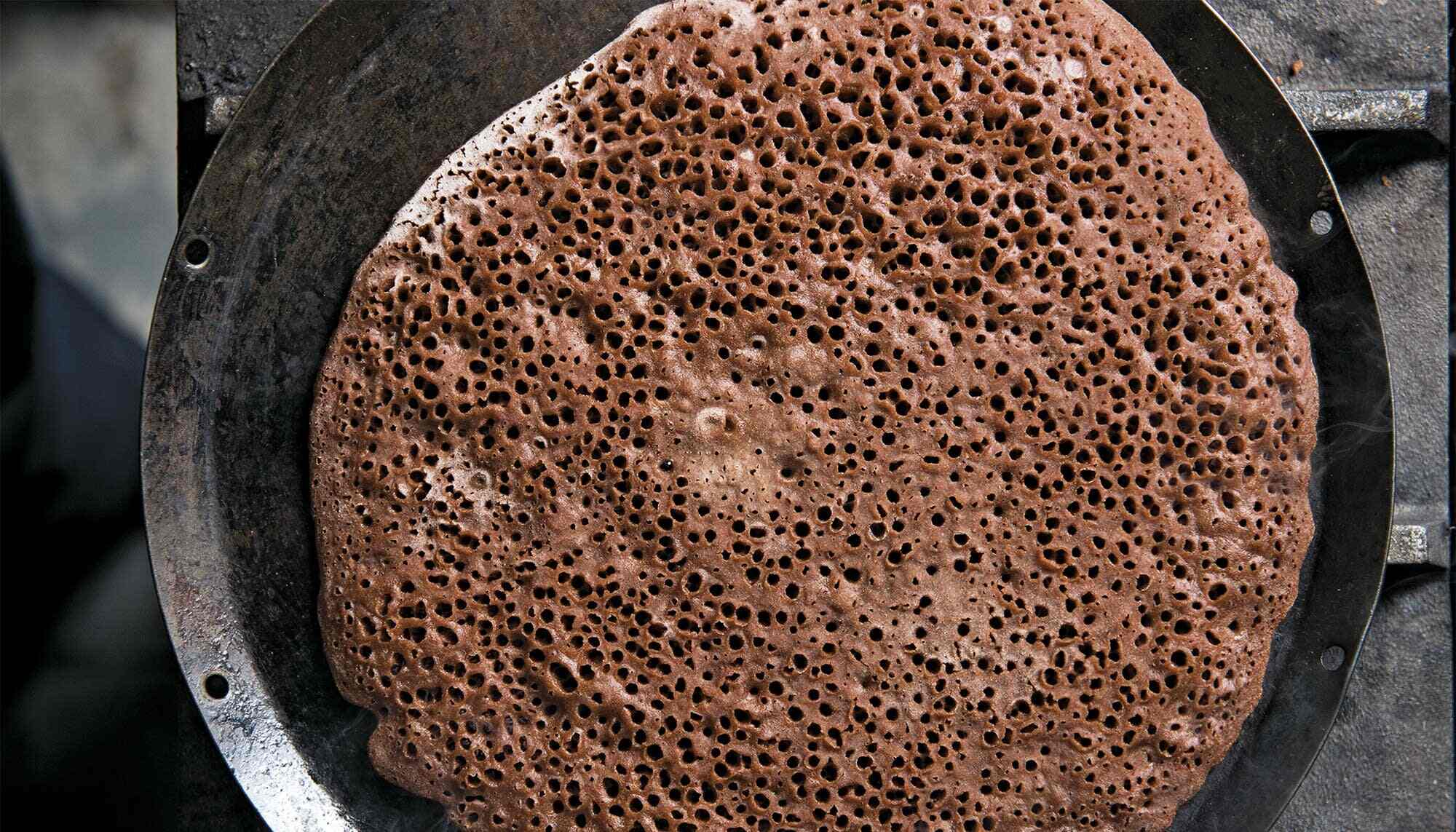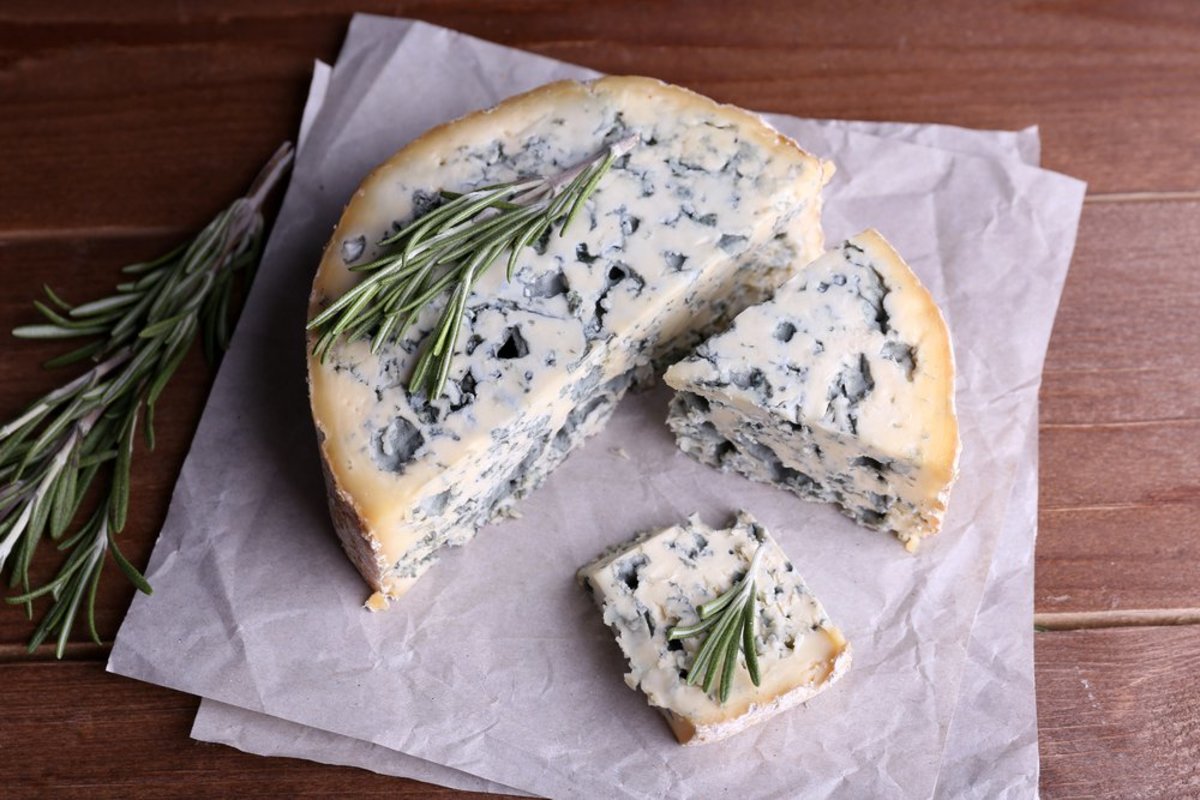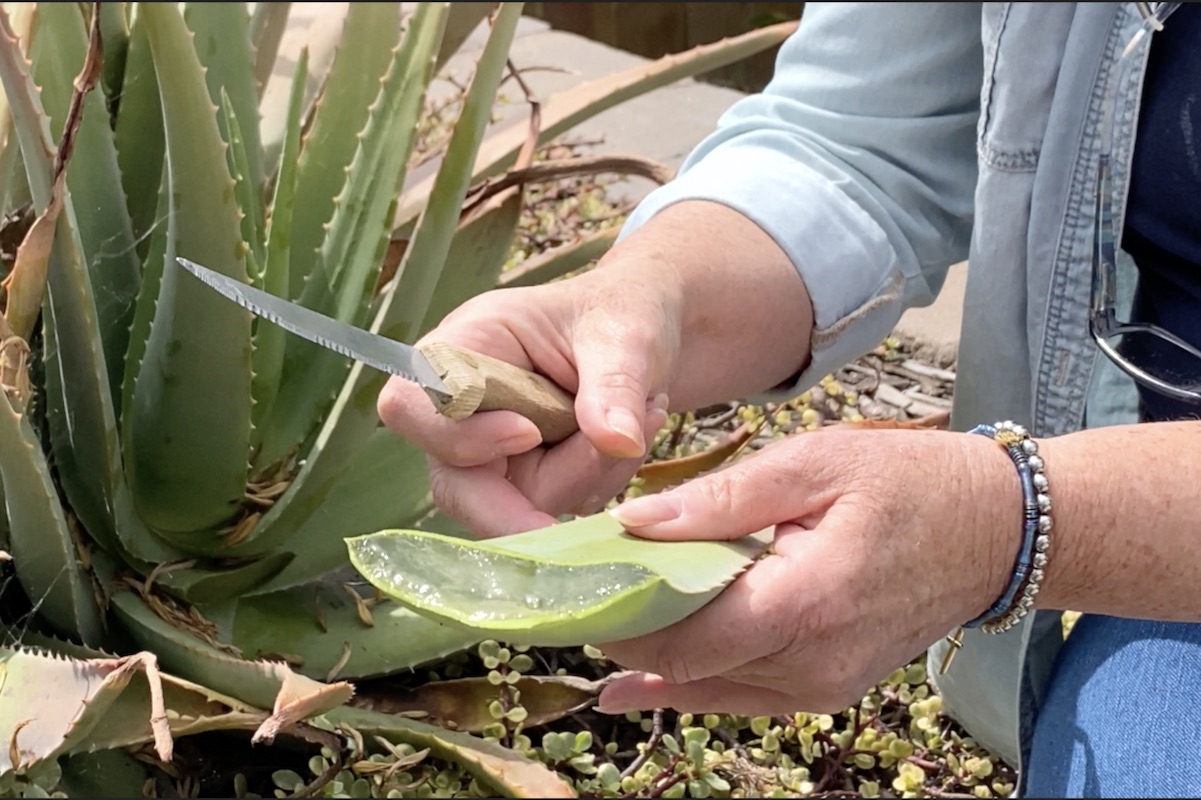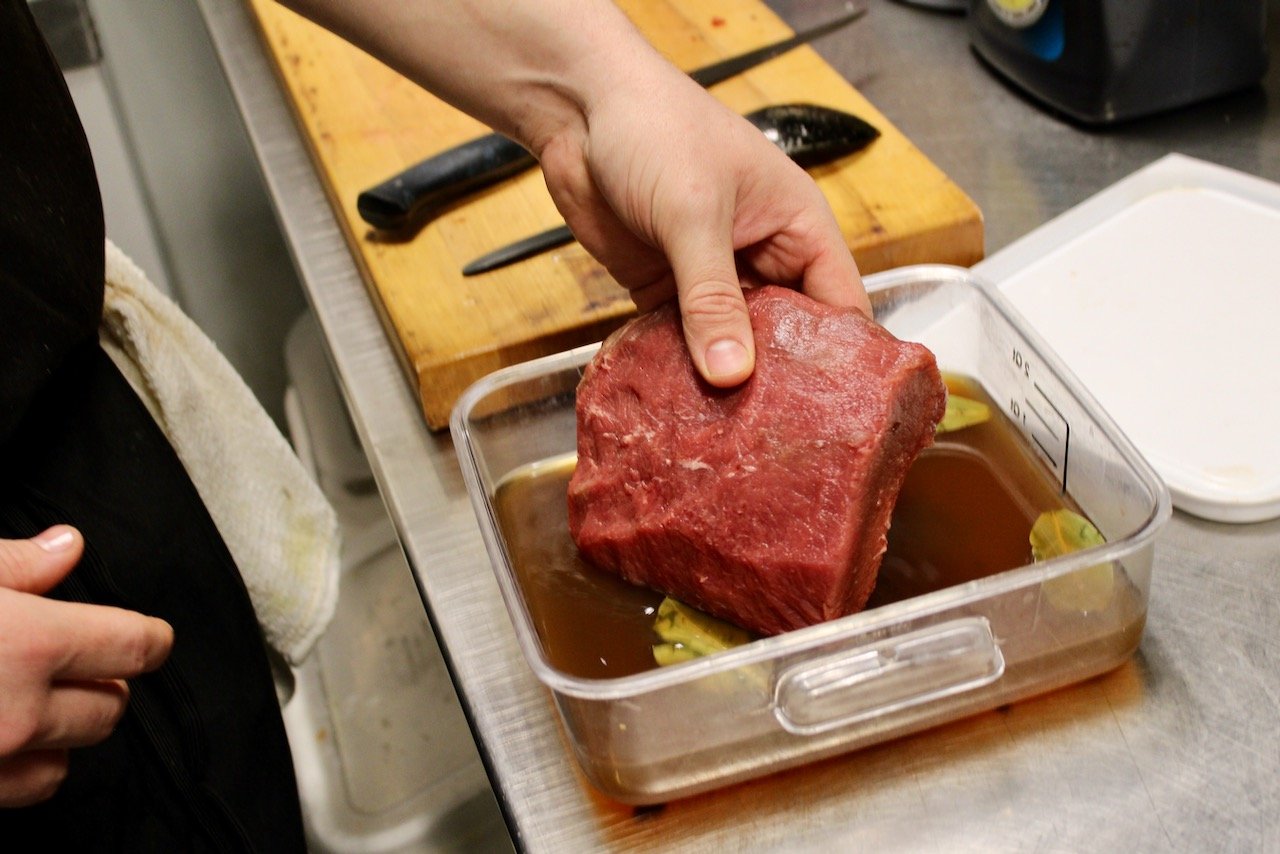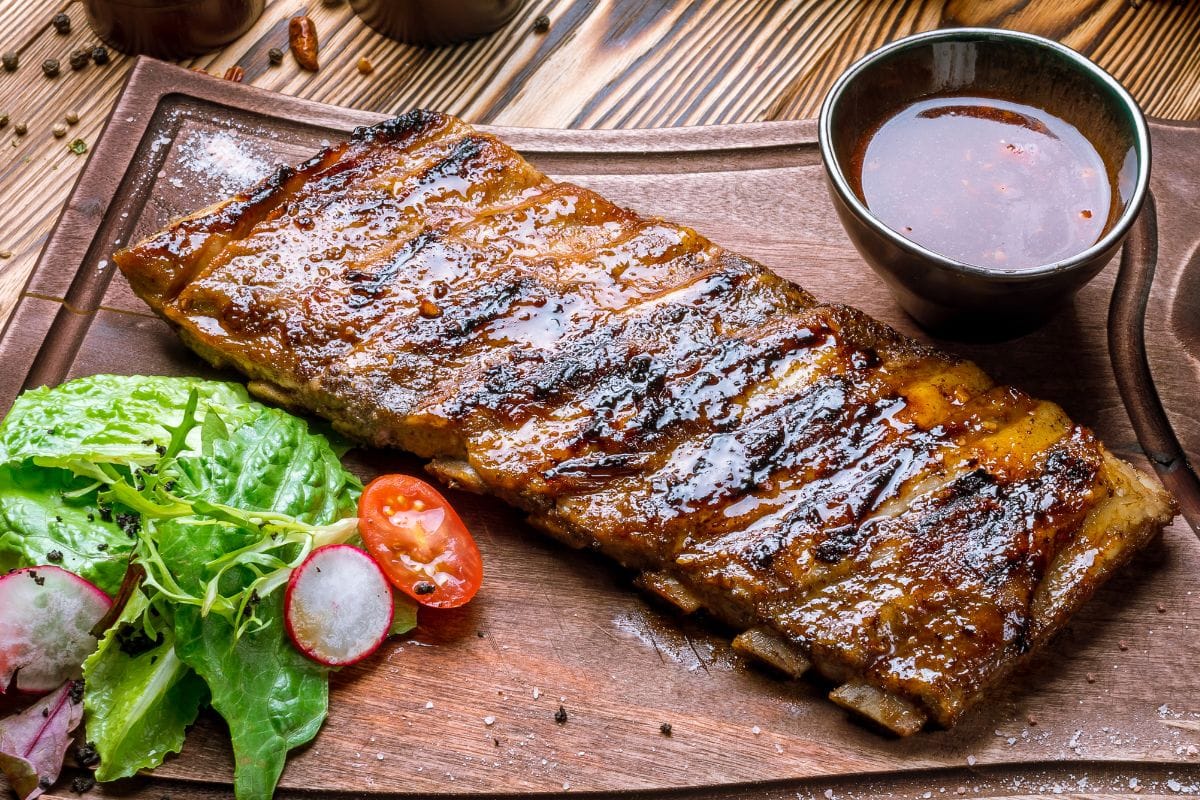Unlocking the Potential of Fermented Chia Seeds
Chia seeds have gained popularity in recent years due to their impressive nutritional profile. Packed with fiber, protein, and omega-3 fatty acids, these tiny seeds offer a wide array of health benefits. While chia seeds can be consumed in their raw form, fermenting them can enhance their nutritional value and make them easier to digest.
Why Ferment Chia Seeds?
Fermentation is a natural process that involves the breakdown of carbohydrates and other compounds in food by beneficial bacteria and yeast. This process not only increases the bioavailability of nutrients but also promotes the growth of probiotics, which are beneficial for gut health. When chia seeds are fermented, their nutrient content is enhanced, and they become easier for the body to absorb.
Steps to Ferment Chia Seeds
Fermenting chia seeds is a simple process that can be done at home with just a few basic ingredients. Here’s a step-by-step guide to fermenting chia seeds:
- Ingredients: You will need chia seeds, water, and a glass jar.
- Mixing: In a glass jar, combine 1/4 cup of chia seeds with 1 cup of water. Stir well to ensure that the chia seeds are evenly distributed in the water.
- Covering: Cover the jar with a breathable cloth or paper towel and secure it with a rubber band. This will allow air to flow in and out of the jar while preventing contaminants from entering.
- Fermentation: Place the jar in a warm, dark place and let the chia seeds ferment for 12-24 hours. During this time, the mixture will thicken as the chia seeds absorb the water and undergo the fermentation process.
- Stirring: After the initial fermentation period, stir the mixture to ensure that any air pockets are released and the fermentation process is evenly distributed.
- Additional Fermentation: If desired, the chia seeds can be left to ferment for an additional 12-24 hours to further enhance their nutritional value.
- Storing: Once the fermentation process is complete, store the fermented chia seeds in the refrigerator for up to one week.
Ways to Use Fermented Chia Seeds
Once you have successfully fermented chia seeds, there are numerous ways to incorporate them into your diet:
- Smoothies: Add fermented chia seeds to your favorite smoothie recipe for an extra nutritional boost.
- Yogurt Parfaits: Layer fermented chia seeds with yogurt and fresh fruit for a delicious and nutritious parfait.
- Salad Toppings: Sprinkle fermented chia seeds on top of salads to add a crunchy texture and a dose of healthy fats.
- Baking: Use fermented chia seeds as an egg substitute in baking recipes for a vegan-friendly option.
- Puddings: Create a simple chia seed pudding by combining fermented chia seeds with your choice of milk and sweetener.
Benefits of Fermented Chia Seeds
By fermenting chia seeds, you can unlock a range of benefits, including:
- Improved Digestibility: Fermentation breaks down the hard-to-digest components of chia seeds, making them easier for the body to absorb.
- Enhanced Nutrient Absorption: The fermentation process increases the bioavailability of nutrients in chia seeds, allowing your body to make the most of their nutritional content.
- Probiotic Support: Fermented chia seeds contain beneficial bacteria that can support gut health and overall well-being.
- Versatility: Fermented chia seeds can be used in a variety of recipes, making it easy to incorporate them into your daily meals.
Whether you’re looking to boost your overall nutrition or improve the digestibility of chia seeds, fermenting this superfood is a simple and effective way to enhance its benefits. Try fermenting chia seeds at home and discover the delicious and nutritious possibilities they have to offer!
For those eager to try something new with chia seeds, they can start with the Fermented Chia Seed Smoothie Bowl. It's a refreshing way to kickstart the day. Another exciting option is the Fermented Chia Seed and Avocado Toast, which combines creamy avocado with the unique flavor of fermented chia. Additionally, the Fermented Chia Seed and Coconut Milk Popsicles are perfect for a cool treat. For those who enjoy desserts, the Fermented Chia Seed and Chocolate Pudding is a must-try. Lastly, the Fermented Chia Seed Energy Bars are excellent for on-the-go snacks, providing a healthy and tasty boost.
Was this page helpful?
Read Next: How To Ferment Sesame Seeds
